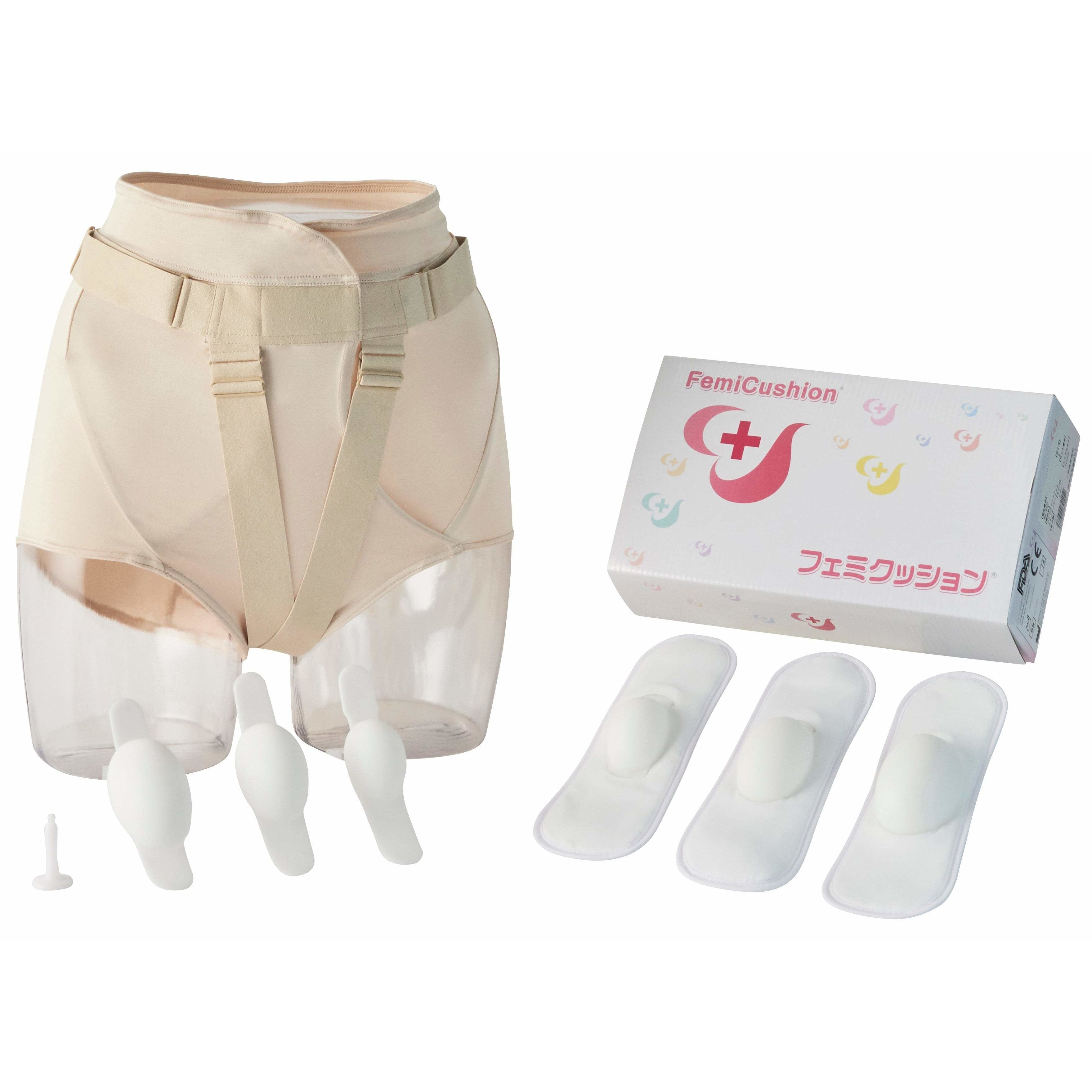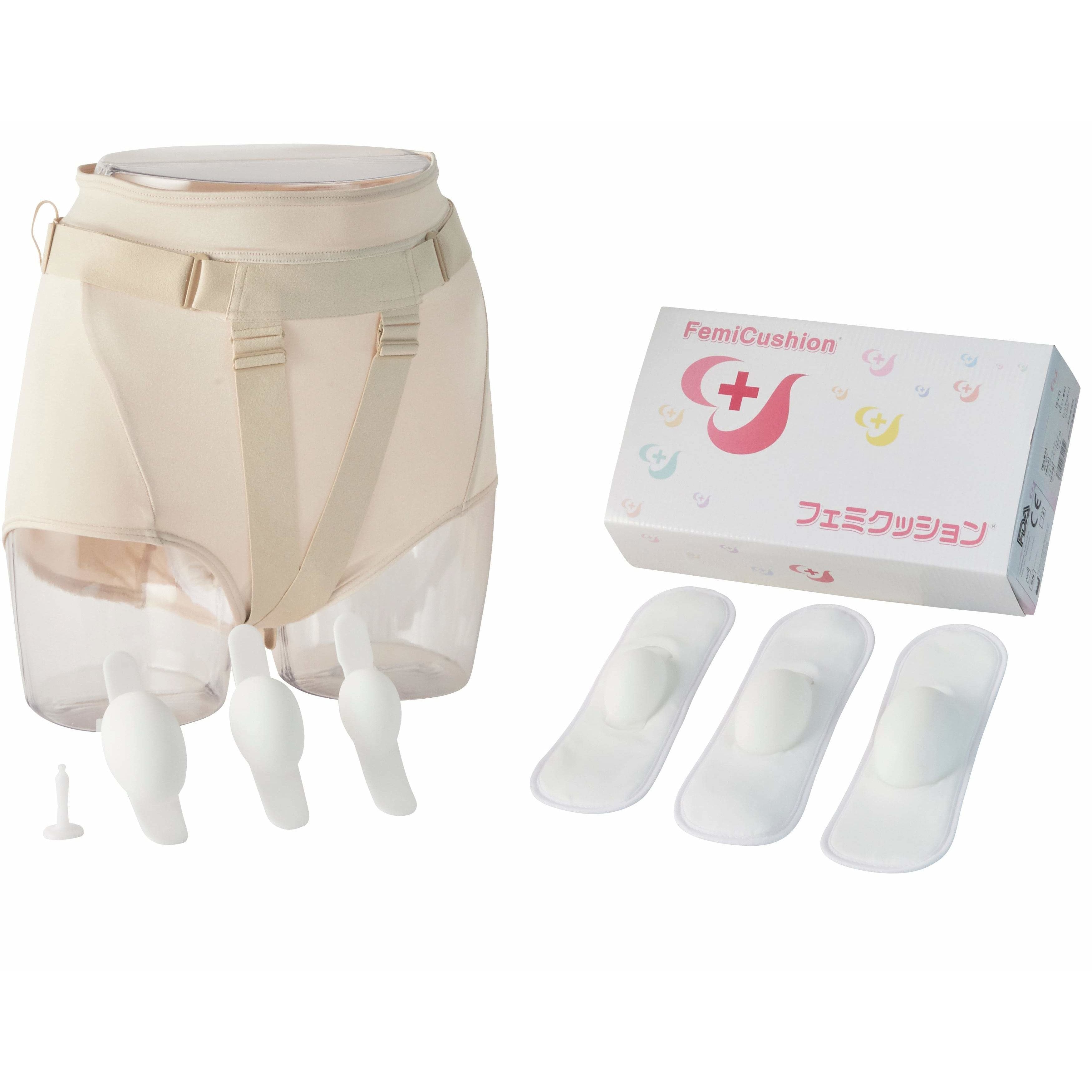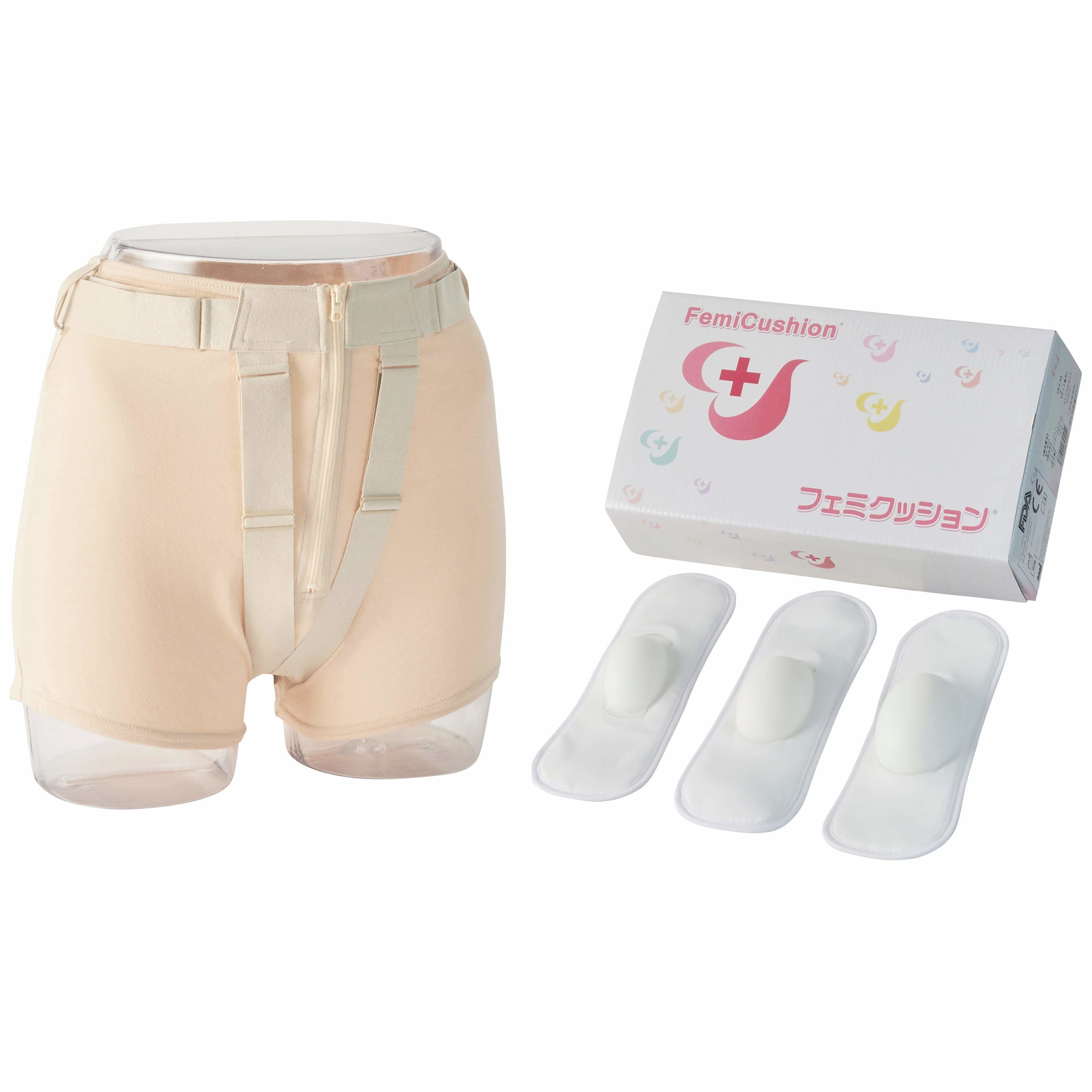Botox Injections For Urinary Incontinence
Summary
Table of Contents

Although urinary incontinence is something that many women expect to have as they get older, it doesn’t have to be a regular fact of life. Difficulty emptying the bladder or feeling as if you have to go all the time are common issues for women, especially those with pelvic organ prolapse.
The good news is that there are a variety of possible treatments you might consider with your doctor, including Botox for urinary incontinence. Here are a few things to keep in mind.
How Does Pelvic Organ Prolapse Affect Incontinence?
Pelvic organ prolapse is a common cause of bladder incontinence. Organs in your lower pelvis are located close to one another. If one drops down due to a lack of muscle strength or other cause, it can put pressure on the other organs. Depending on the type of prolapse, people might feel the following symptoms:
- Frequent need to urinate
- Trouble emptying the bladder fully
- Urgent urination, sometimes leading to uncontrolled leakage
Many patients try changing their liquid consumption habits, decreasing caffeine consumption or strengthening their pelvic floor muscles as a way to help.
How Can Botox Help Urinary Incontinence?
If you’re familiar with Botox as a procedure people sometimes use as a preventative for migraines or a cosmetic treatment for the face, you may understand the general concept. Botox is an injection of a substance that disrupts communication between nerve cells and muscles.
The FDA approved Botox as a treatment for overactive bladder in 2013. When injected into the bladder as part of a procedure, it can make it more difficult for the organ to send signals to the brain about needing to urinate. In most cases, patients try Botox injections for urinary incontinence after other treatment methods have failed.
What Is the Botox Procedure Like?
When you talk to your doctor about urinary incontinence, it’s wise to ask if you are a good candidate for Botox. You may have the procedure in a doctor’s office with local anesthetic, or in a surgical center under some type of sedation. The procedure is fairly short and is usually conducted by a catheter through your urethra. In most cases, you will notice a significant improvement within a few days of the procedure. Some patients need periodic catheterization after the procedure, but this is uncommon.
What Can I Expect After Botox?
As a temporary treatment, Botox is something that most patients need to have done on a regular basis. About 70 to 75 percent of patients report significant relief of their bladder symptoms and incontinence for 6 to 12 months after the procedure. There are a few possible side effects, but they are unusual and taper off during the first few weeks after the procedure.
Patients who have the procedure may report occasional urinary tract infections, and this is the most likely side effect. Others may have trouble urinating or experience pain during urination, commonly during the first few days afterward. If you’re planning to have the procedure, talk to your doctor about ways you can minimize your risk of side effects.
Finding ways to manage overactive bladder or urinary incontinence usually requires more than one approach. As a support garment, FemiCushion is a non-invasive device that can help to keep the bladder in the right position. It may be a good choice to help manage effects of pelvic organ prolapse. To learn more about our products, read our frequently asked questions or contact us.
Supervising Doctor of This Article

Koichi Nagao, MD PhD
Professor, Department of Urology, Toho University Faculty of Medicine
Director of Urinary tract reconstruction center, Toho University Omori Medical Center
Director of Reproduction Center, Toho University Omori Medical Center
Professor Nagao specializes in plastic surgery in the field of reproductive medicine. He completed eight years of plastic surgery training at Showa University before majoring in urology at Toho University. With his meticulous surgical techniques and careful examinations that combines urology and plastic surgery, Professor Nagao became a Board Certified Specialist with multiple associations including the Japanese Urological Association, the Japan Society for Reproductive Medicine, and the Japanese Society for Sexual Medicine.
The suggested Products

مجموعة FemiCushion EasyOpen Deluxe
$299.99

مجموعة أدوات Deluxe Standard Deluxe Kit
$299.99

مجموعة أدوات FemiCuslion Lite
$249.99
